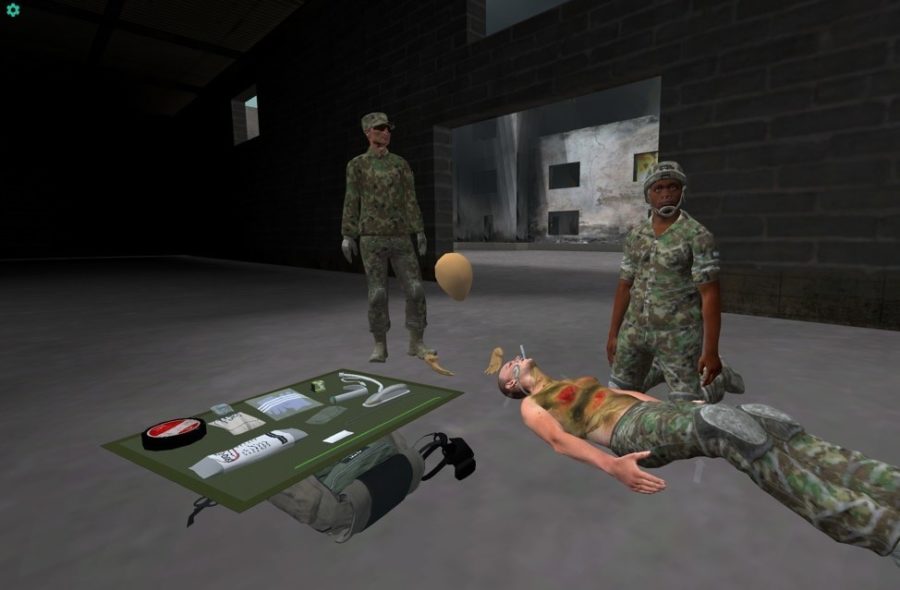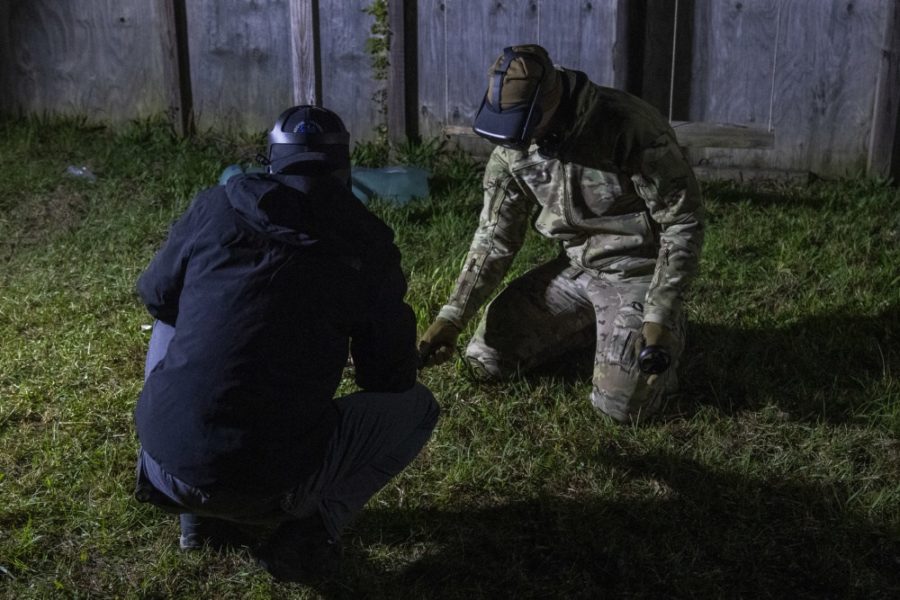
May 3, 2021 – SimX, a provider of a virtual reality (VR) medical simulation platform, has announced that it has landed four new contracts totaling over USD $1.5 million as it continues to expand its partnership with the US Air Force (USAF) and US Space Force (USSF) to develop training solutions for special operations forces.
According to SimX, the contracts, which are part of the USD $2.5 million ‘Virtual Advancement of Learning and Operational Readiness’ (VALOR) research and development program, seek to further develop fielded capabilities for training the USAF’s medical personnel with the SimX Virtual Reality Medical Simulation System.
SimX stated that the new funding is targeted primarily towards enhancing the capabilities of the system to train operational medical handoffs between roles of care, train missions involving multiple simultaneous caregiving teams, train in dynamic and realistic environments (such as night and weather operations), and provide more customizable and adaptable training capabilities. Additional funding has also been allocated to adapting VR medical simulation training for in-flight medicine during aerial and space operations with the Air Force and Space Force.
As a result of the partnerships, special operations medical personnel of the 24th Special Operations Wing, will be able to train through simulated medical scenarios based on real-world experience and reinforce learning on the relevant medical techniques, tactics and protocols. The overall objective is to enable the wing’s Special Tactics operators including pararescuemen and combat controllers, as well as their unit medics and Special Operations Surgical Teams, to “train how they fight.”

SimX noted that the capabilities of its platform include a broad array of situations, including Tactical Combat Casualty Care-based scenarios as well as routine medical care. All newly developed capabilities will be fielded for operational testing and evaluation at the existing SimX deployments at installations across the US, as well as USAF installations in Europe and Asia.
“The USAF and USSF’s continued investment in the VALOR program will enable us to continue to push the envelope of VR medical training by ensuring that we can train for these critical interactions,” said Karthik V. Sarma, VALOR Principal Investigator and Chief Technology Officer at SimX.
Col. John R. Dorsch, who heads the effort for the US Air Force, also commented: “The VALOR program is helping to increase overall medical capability and has the potential to improve survival rates in combat casualties. Expanding and innovating capabilities is critical for ensuring the highest level of combat trauma and austere medical care is provided by our special operators and medical personnel.”
In addition to the distribution to the 24th SOW’s units stationed around the country, the new capabilities will also be fielded at the new Special Operations Center for Medical Integration and Development (SOCMID), a collaboration between the USAF and the University of Alabama-Birmingham designed to provide the next generation of standardized training to Special Operations Surgical Team members, pararescuemen and independent duty medical technicians.
The projects are made possible through the Small Business Innovation Research (SBIR) program, in collaboration with AFWERX, a team of innovation specialists within the USAF, and the Air Force Research Laboratory (AFRL). AFRL and AFWERX have partnered to streamline the Small Business Innovation Research process in an attempt to speed up the experience, broaden the pool of potential applicants and decrease bureaucratic overhead. Beginning in SBIR 18.2, the Air Force has begun offering ‘Special’ SBIR topics that are faster, leaner and open to a broader range of innovations.
For more information on SimX and its virtual reality medical simulation platform, visit the company’s website.
Image credit: SimX / US Air Force photo by Tech. Sgt. Sandra Welch
About the author
Sam is the Founder and Managing Editor of Auganix. With a background in research and report writing, he has been covering XR industry news for the past seven years.
